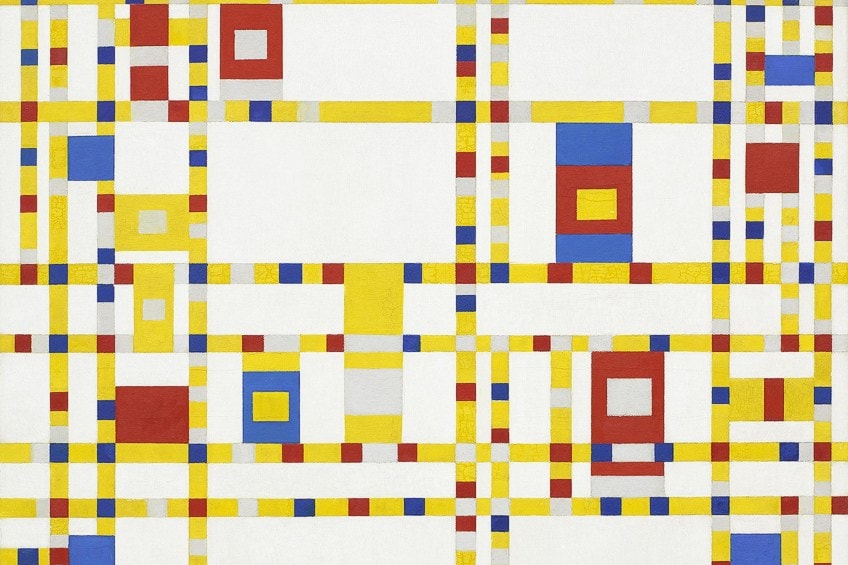Piet Mondrian Highlight
Mondrian began his career as an artist as a landscape painter. His early paintings are characterized by their naturalistic style and their use of subdued colors. Mondrian's landscapes are marked by a sense of tranquility and harmony, which reflects his interest in theosophy, a mystical religious movement that he was a part of.
However, Mondrian's art underwent a radical transformation in the early 20th century. He began to explore abstraction, rejecting the representational style of painting that he had previously employed. Mondrian was interested in the idea of a universal language of form, which he believed could be used to communicate across cultures and nations. He began to simplify his paintings, reducing them to basic geometric shapes, such as squares, rectangles, and lines.
Mondrian's use of primary colors was also a significant part of his art. He believed that colors had spiritual and emotional qualities that could be used to communicate with the viewer. Mondrian believed that red, yellow, and blue were the purest colors, and he used them extensively in his paintings. The use of primary colors also allowed Mondrian to create a sense of balance and harmony in his compositions.
One of Mondrian's most famous works is his painting, "Composition II in Red, Blue, and Yellow," which he created in 1930. The painting features a white background, with rectangles of primary colors arranged in a grid-like pattern. The lines between the rectangles are thin and black, emphasizing the geometric nature of the painting. "Composition II in Red, Blue, and Yellow" is a perfect example of Mondrian's style, with its simplicity, use of primary colors, and geometric shapes.
Mondrian's style has had a significant impact on the art world, influencing many other artists who came after him. His style was particularly influential in the development of minimalism, which emphasizes simplicity and the use of basic geometric shapes. Mondrian's ideas about a universal language of form have also been influential, particularly in the development of graphic design and architecture.
However, some critics have argued that Mondrian's art is overly simplistic and lacks emotion. They argue that his paintings are too formulaic and do not convey any sense of feeling or emotion. They also argue that his use of primary colors is limiting and that he should have explored a wider range of colors.
Despite these criticisms, Mondrian's body of work remains significant and influential. His art is a testament to the power of simplicity and the importance of color and form in visual communication. His legacy continues to inspire artists and designers to this day, and his influence can be seen in everything from fashion to architecture to advertising.
All of this is to say Piet Mondrian was a significant figure in the art world, and his body of work remains relevant and influential today. His style was characterized by its simplicity, use of primary colors, and emphasis on geometric shapes. Mondrian's art was a reflection of his belief in a universal language of form, which he believed could be used to communicate across cultures and nations. Despite criticisms that his art lacks emotion, Mondrian's legacy continues to inspire artists and designers to this day.







Comments
Post a Comment